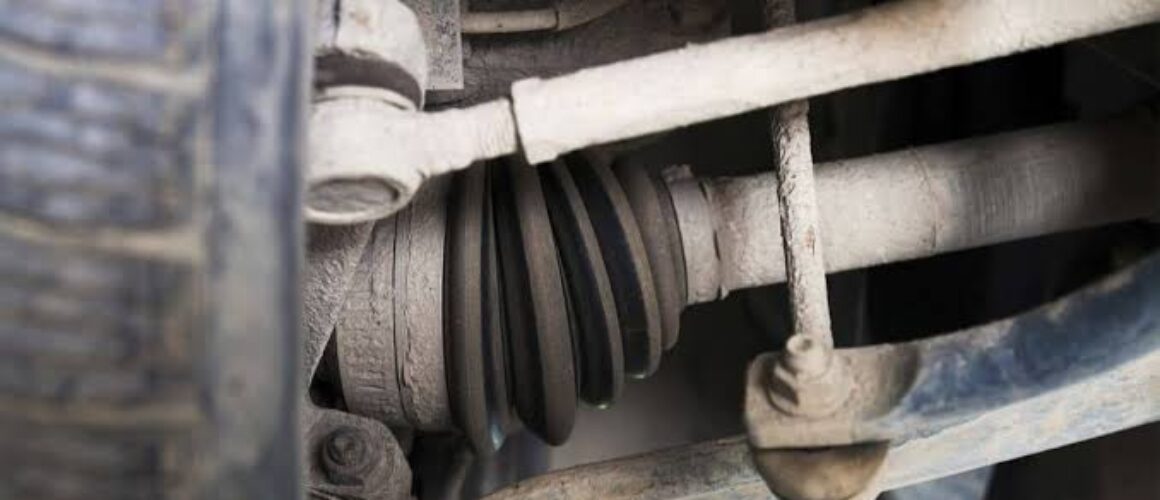Understanding Car Bushings: The Unsung Heroes of Your Vehicle’s Suspension

The image above shows a crucial part of a car’s suspension system specifically, the bushings. Often overlooked by car owners, bushings play a vital role in ensuring a smooth and safe driving experience. This blog will delve into the importance of bushings, the consequences of worn-out bushings, maintenance tips, and symptoms indicating damaged bushings.
What Are Bushings?
Bushings are small rubber or polyurethane components located at various points in your vehicle’s suspension system. They act as cushions between parts, reducing friction, absorbing shocks, and dampening vibrations. Bushings are found in control arms, sway bars, and shock absorbers, among other places.
The Importance of Bushings
Bushings are essential for several reasons:
- Comfort: By absorbing shocks and vibrations, bushings provide a smoother ride. Without them, every bump and pothole would be felt more directly inside the car.
- Noise Reduction: They help reduce noise, vibration, and harshness (NVH) levels in the vehicle, making for a quieter and more pleasant driving experience.
- Component Protection: Bushings prevent metal-to-metal contact, reducing wear and tear on other suspension components, thereby extending their lifespan.
- Handling and Stability: Properly functioning bushings contribute to the vehicle’s handling and stability, ensuring that it responds correctly to steering inputs and maintains road grip. What Happens When Bushings Wear Out?
Worn or damaged bushings can lead to a host of problems, including:
- Increased Noise: You may hear clunking, squeaking, or rattling noises from the suspension, especially when driving over bumps or making turns.
- Vibrations: Excessive vibrations through the steering wheel or floorboards are common symptoms of worn bushings.
- Poor Handling: The vehicle may feel loose or unstable, with excessive body roll during turns, and may not respond accurately to steering inputs.
- Uneven Tire Wear: Misalignment caused by worn bushings can lead to uneven tire wear, reducing tire lifespan and potentially compromising safety.
- Brake Issues: In severe cases, worn bushings can affect the vehicle’s braking performance, as they can cause misalignment in the suspension geometry.
Maintenance and Care for Bushings
Maintaining bushings is crucial for the longevity and performance of your vehicle. Here are some tips:
- Regular Inspections: During routine maintenance, have your mechanic check the bushings for signs of wear and tear. This can help catch issues early before they become major problems.
- Keep Them Lubricates: Some bushings, especially those made of rubber, can benefit from occasional lubrication to prevent drying out and cracking.
- Replace When Necessary: Don’t ignore symptoms of worn bushings. Replacing them in a timely manner can save you from more expensive repairs down the line.
- Quality Parts: When replacing bushings, opt for high-quality parts. Polyurethane bushings, for example, offer increased durability over traditional rubber ones. Symptoms of Damaged Bushings
Being aware of the symptoms of damaged bushings can help you address the problem early:
- Noises: As mentioned earlier, clunking or squeaking noises when driving over uneven surfaces or during turns.
- Excessive Vibration: Unusual vibrations felt through the steering wheel or vehicle body.
- Loose Steering: The steering may feel less precise or responsive.
- Uneven Tire Wear: Visible signs of uneven wear patterns on your tires.
- Poor Alignment: The vehicle may pull to one side or the other, indicating alignment issues. Conclusion
Bushings might be small and often overlooked, but their role in the suspension system is critical. Regular maintenance and timely replacement of worn bushings can prevent many potential problems, ensuring a smooth, safe, and comfortable ride. Keep an eye out for the symptoms of wear and always address issues promptly to maintain optimal vehicle performance.
